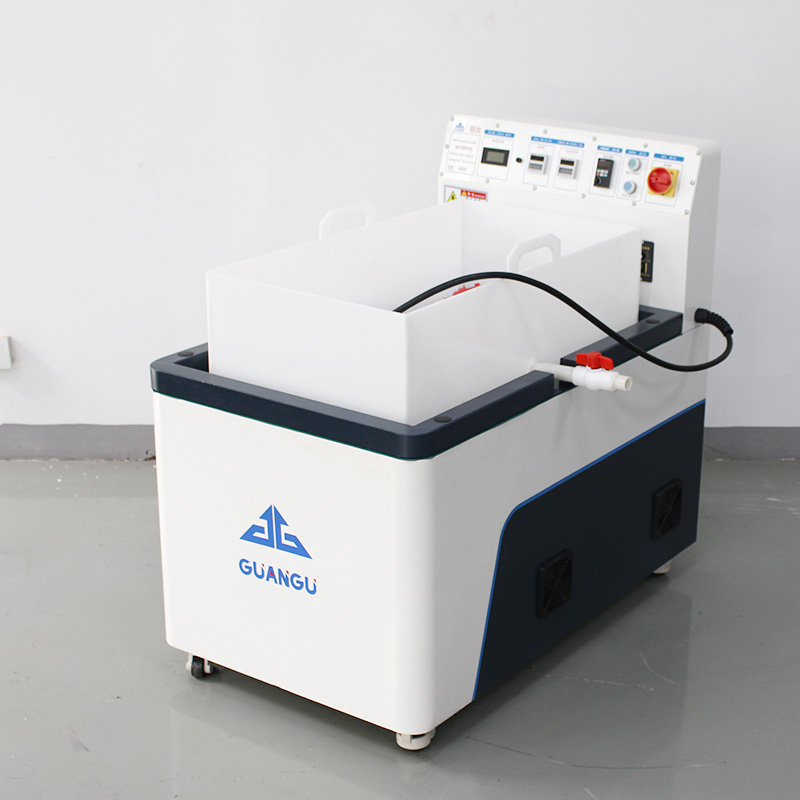With the increasing awareness of environmental protection and the rapid development of new energy vehicle technology, the demand for polishing the battery end plates of new energy vehicles is also growing. As an important component of new energy vehicles, the surface polishing quality of battery end plates directly affects the performance and safety of the vehicle. This article will delve into the polishing methods of new energy vehicle battery end plates, in order to provide useful references for the development of related industries.Polishing method for battery end plates of new energy vehicles

1、 The importance and current situation of polishing
The main purpose of polishing the battery end plate of new energy vehicles is to improve its surface smoothness and smoothness, reduce air resistance, increase the vehicle’s range, and also enhance the corrosion resistance and aesthetics of the battery end plate. Currently, the polishing methods for new energy vehicle battery end plates mainly include chemical polishing and mechanical polishing.
Polishing method for battery end plates of new energy vehicles
2、 Principles of Chemical Polishing
Chemical polishing involves the use of chemical reagents to react with the surface of the battery end plate, thereby altering the surface microstructure and achieving the goal of improving surface smoothness and smoothness. The main steps include pre-treatment, chemical polishing, and post cleaning. Pre treatment mainly involves removing surface dirt and improving the efficiency of chemical polishing. Post cleaning is to remove residual chemical reagents and prevent corrosion.
3、 Principles of Mechanical Polishing
Mechanical polishing is the process of removing protrusions on the surface of the battery end plate through the friction between the grinding tool and the abrasive, thereby improving surface smoothness and smoothness. The main steps include pre-treatment, grinding, post cleaning, and polishing. The advantage of mechanical polishing is its high efficiency, while the disadvantage is that it may leave small scratches.
4、 Specific operating steps
Pre treatment: Use a cleaning agent to remove oil and impurities from the surface of the battery end plate.
Grinding: Use grinding agents and tools to grind the surface of the battery end plate to remove any protrusions.
Cleaning: Use cleaning agents to remove residual abrasives and impurities.
Polishing: Use polishing agents and tools to finely grind the surface of the battery end plate to improve surface smoothness and smoothness.
5、 Precautions
Choose a suitable polishing agent to ensure the polishing effect and surface quality.
Control surface temperature and speed to prevent overheating and damage to the battery end plate.
Use professional polishing equipment and technology to ensure safe and efficient operation.
Pay attention to environmental protection and avoid chemical pollution and noise pollution.
6、 Summary and Outlook
This article provides a detailed introduction to the chemical and mechanical polishing methods for the battery end plates of new energy vehicles, including principles, specific operating steps, and precautions. With the continuous development of new energy vehicle technology and the intensification of market competition, the requirements for the polishing quality of battery end plates will also become increasingly high. Therefore, exploring more efficient and environmentally friendly polishing processes and technologies will be the focus of future development. At the same time, attention should be paid to safety and environmental issues during the polishing process to promote healthy and sustainable development of the industry.









You must be logged in to post a comment.